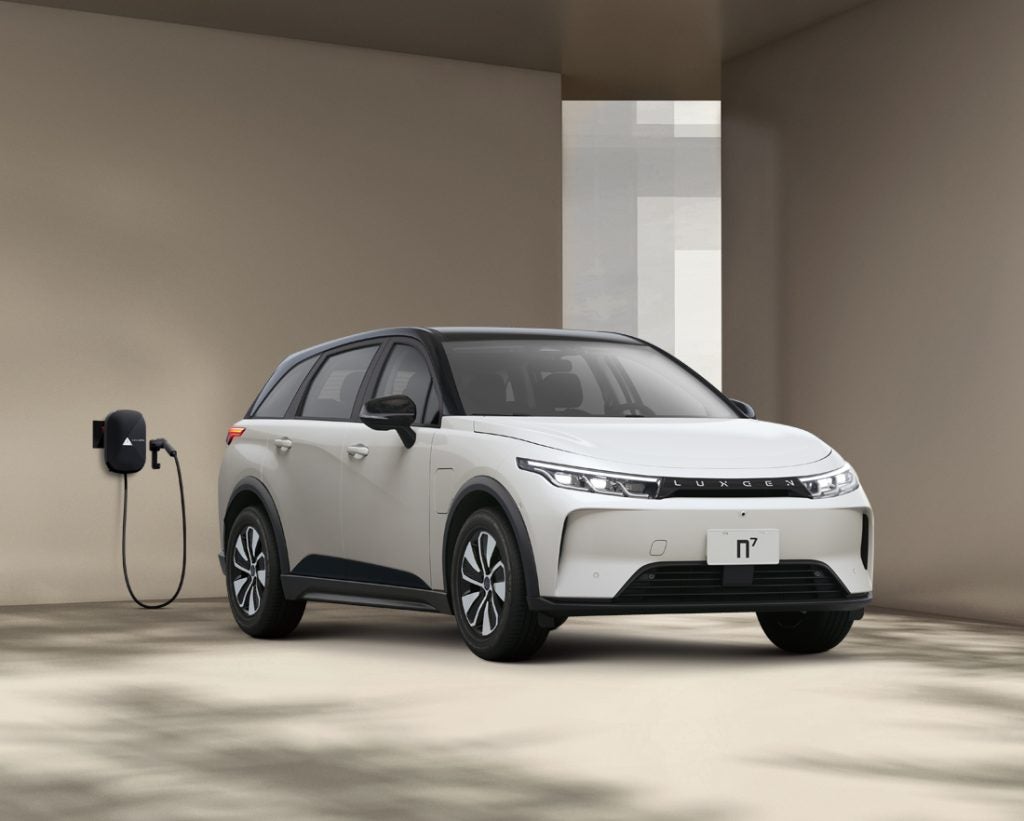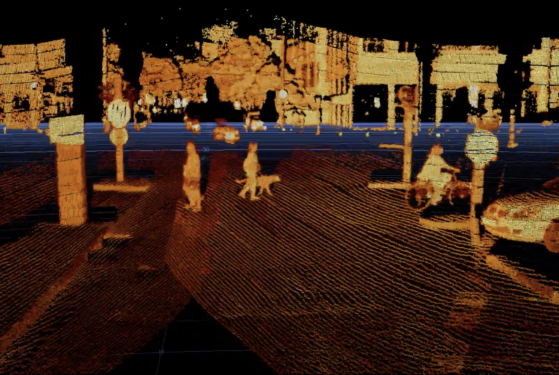Dave Leggett takes a look at the outlook for the BRIC markets in this latest just-auto management briefing instalment.
The global automotive market situation is expected to remain mixed in 2011, with strong demand in the so-called BRIC countries while the position in the more mature markets remains more challenging.
China is the market very much on the auto industry’s mind. It has become a vitally important market for many OEMs and market growth over the past two years has helped offset lower volumes elsewhere. The latest assessments point to a market slowdown of the order of 10%. On a 2010 market of 18m units, that would take China’s vehicle market close to 20m units. Much depends on how things shape up for China’s economy in 2011 and whether the government can successfully dampen inflationary fears while also ensuring that consumer confidence remains high. But with China’s auto industry incentive measures and fiscal package winding down, the going for auto sales will be harder. For more on China please click this link.
India’s vehicle market stays buoyant, but growth slowdown expected
The other three BRIC markets are much smaller than China. India’s population is well over a billion people (half its population under 25 years of age) and therefore in a similar bracket to China’s. But its automotive market is very much smaller and has not seen the kind of sharp and spectacular boom that China’s has. India’s auto industry has developed a small car manufacturing hub specialism over the past ten years (for example, Hyundai and Suzuki using India small car capacity for global sourcing; Ford’s Figo also being exported), but exports have been an important element in India’s auto industry development. Suzuki Maruti is the car market leader with a range of small cars based on old and current Suzuki models, with Tata Motors emerging as a specialist in utility vehicles and trucks, as well as the Indica in the car market, and now the Nano microcar.
For the vehicle market in India, prospects look very positive for 2011 on the back of still rising incomes with economic growth expected to maintain momentum at around 8%. Rising incomes have coincided with improved availability of affordable credit for car buyers.
How well do you really know your competitors?
Access the most comprehensive Company Profiles on the market, powered by GlobalData. Save hours of research. Gain competitive edge.

Thank you!
Your download email will arrive shortly
Not ready to buy yet? Download a free sample
We are confident about the unique quality of our Company Profiles. However, we want you to make the most beneficial decision for your business, so we offer a free sample that you can download by submitting the below form
By GlobalDataA booming economy and easier access to consumer finance helped lift sales of cars in India by 31% to 1.87m units in 2010. Light vehicle sales – ie including utility vehicles – are estimated at around 2.7m units in 2010.
India’s automotive market will be the fourth largest by 2013, according to a study by management consultancy Booz & Company.
“India will generate sales of 6m plus car units annually by 2020. Markets in India and China are rising vertically; Asia will likely corner 65% of the total automotive market by 2020,” Vikas Sehgal, partner, Booz & Company, told just-auto.
The study forecasts that the Indian passenger vehicle market will reach 3.5m units by 2013 and become the fourth largest market in the world behind only the US, China and Japan; currently, India’s domestic PV market is the world’s seventh largest market. To meet the demand, Indian auto makers will not only have to add capacities, Sehgal added, but will have to expand distribution network, strengthen component sourcing chain and enhance R&D capabilities.
According to Society of Indian Automobile Manufacturers (SIAM), the PV market stood at about 2m units in 2009-10 and is expected to reach 2.4m units in FY 2011 (to March 31, 2011).
However, analysts are cautioning that some slowdown is coming on the back of higher interest rates and vehicle prices. Both Tata and Mahindra have said they will raise vehicle prices to counter increasing input costs. Steel prices for automakers in India moved up by around 10% in 2010; rubber prices were also up substantially. The appreciating yen has also been a concern for Maruti Suzuki because it imports some components from Japan.
Society of Indian Automobile Manufacturers (SIAM) President Dr Pawan Goenka has also cautioned that market slowdown is coming. “Growth will not be as high as 30% that we saw last year. If we see a growth rate of 15%-18%, we should be happy,” he has told journalists.
In 2011 the cost of consumer finance is expected to rise following actions taken by India’s central bank to raise interest rates to curb building inflationary pressures.
JD Power forecasts that light vehicle sales in India will reach just under 3m units in 2011, which would represent annual growth of around 10%.
One positive for the market is a raft of new models, such as Toyota’s Etios, which are heightening consumer interest and helping to keep the market competitive and prices down. A growing urban middle class is also being encouraged by new small cars such as the Etios.
Booz maintains that the share of the market taken by market leader Maruti will be falling as it faces intense competition in India from global players like Hyundai, Ford, Volkswagen and Toyota.
Toyota Kirloskar Motors (TKM) plans to double its car sales in the year 2011 to 150,000 from 74,759 it sold in the calender year 2010, which was 38% higher than in 2009. The Toyota projections are based on higher sales of its major existing models Innova, Corolla & Camry and new launches of small sedan Etios and a hatchback Liva. The strategic importance of the Indian market to Toyota is illustrated by the considerable time in development for the Etios, which is squarely aimed at appealing to Indian buyers.
The next few years should also see growth for premium carmakers in India. Mercedes-Benz and BMW are now planning to establish a much broader manufacturing presence in India to reduce costs, on the back of an upbeat assessment of the outlook for the Indian executive/luxury car market segments.
Car companies are also driving to smaller towns and rural areas to explore a big market in the ‘real India’ as metros are becoming more packed and competitive.
Russia – market recovery set to continue, off low base
The outlook for Russia’s vehicle market in 2011 is positive, but it’s a bounce-back off a low base.
Back in 2008 Russia’s car market was heading towards 3m units a year, suggesting that it would eclipse Germany’s to become the world’s fourth largest. But fortunes for Russia’s economy dived with the international financial crisis of late 2008. That crisis brought with it a collapse in energy prices and a seizing up of international credit markets that immediately hit credit availability in Russia. Crisis-hit and urgently retrenching international banks withdrew and reduced their exposure to Eastern European wholesale credit markets. Finance for car sales in Russia quickly dried up. Russia’s GDP contracted by an estimated 8% in 2009.
The Russian car market halved in 2009 to an estimated 1.4m units. A scrappage scheme and some uptick to the Russian economy helped it grow to an estimated 1.9m units in 2010.
Consultants at PwC forecast 2011 car sales in Russia will grow by around 20%-35% as consumer spending grows and a government sponsored scrappage scheme continues to aid buyers. The Association of European Businesses (AEB) in Russia forecasts that sales in 2011 will rise 17% to 2.24m.
Much will depend on what happens to the Russian economy. The price of oil is key. Last year saw Russia’s economy grow by an estimated 3.7% (IMF) with 4.5% GDP growth expected in 2011. It is not a sharp turnaround. However, analysts say that consumer confidence has started to come back in Russia. The outlook for the car market in 2011 looks positive provided that the economy and the rouble continues to strengthen (a weak rouble in 2009 and 2910 hit some manufacturers on imported parts and forced price rises).
Scrappage boost for the Russian car market
In 2010 Russia’s car market saw a boost from a government introduced scrappage (‘cash for clunkers’) scheme. A discount voucher of 50,000 roubles per vehicle was introduced in March. A rapid recovery in the light vehicle market from March followed with some 200,000 scrappage vouchers issued by June. The vouchers can be used only to purchase cars produced/assembled in Russia (no incentive is provided to foreign imports which still account for 40% of sales). A further 200,000 vouchers were announced later in 2010 and a further 100,000 are expected (to be finally confirmed) to be issued in 2011 – some 500,000 in total. The market outcome from redeemed scrappage vouchers is expected to have boosted the light vehicle market by around 275,000 units in 2010 with a further 225,000 units of boost projected for 2011.
Local producers – and especially those with low price vehicles – have been the major beneficiaries. JD Power Automotive Forecasting analyst Carol Thomas says that AvtoVAZ has been a clear beneficiary. “Buyers who may have purchased a Western brand model a few years ago are being attracted to cheaper domestic products,” she says.
Cars like the Lada Priora and the Zhiguli (model 2105/2107 – the classic three-box Lada based on the Fiat 124 of yesteryear) have been getting a big boost. The Zhiguli may be nearing the end of its long life, but it is still a practical proposition (cheap to buy and maintain). The scrappage discount leaves a low, low price equivalent to USD3,300.
Brazil to build on solid 2010
Despite an end-year market distortion that put between 30,000 and 40,000 units on to the vehicle market as pre-registrations, analysts are optimistic that Brazil’s vehicle market and industry will continue to grow in 2011.
Some 3.52m vehicles were sold in Brazil in 2010, 12% ahead of the previous year. The environment for vehicle sales looks set to stay positive on the back of improved management of the country’s economy. Brazil was one of the last countries to enter the global economic downturn of 2008 and 2009, and it was one of the first to come out of it on the back of a fiscal stimulus package that did not harm the government’s reputation or result in inflation or capital flight (as it would have done in the ‘bad old days’).
Economic growth in 2010 is estimated at 7.5% with a slowdown to 4.5% expected in 2011. Brazil’s strong economic performance is attributed to booming exports to China and rising real incomes in Brazil.
Analysts point to rising real incomes and good availability of finance as key factors behind buoyant vehicle sales through 2010. Local trade association Anfavea has revised its forecast for 2011 vehicle sales up to 3.69m units, a 5% increase on 2010. Small cars are expected to continue to do well. In the 2010 car market, the ‘popular’ class – with engine displacement up to 1litre – was again the biggest, accounting for 1.34m units, or 50.8% share.






